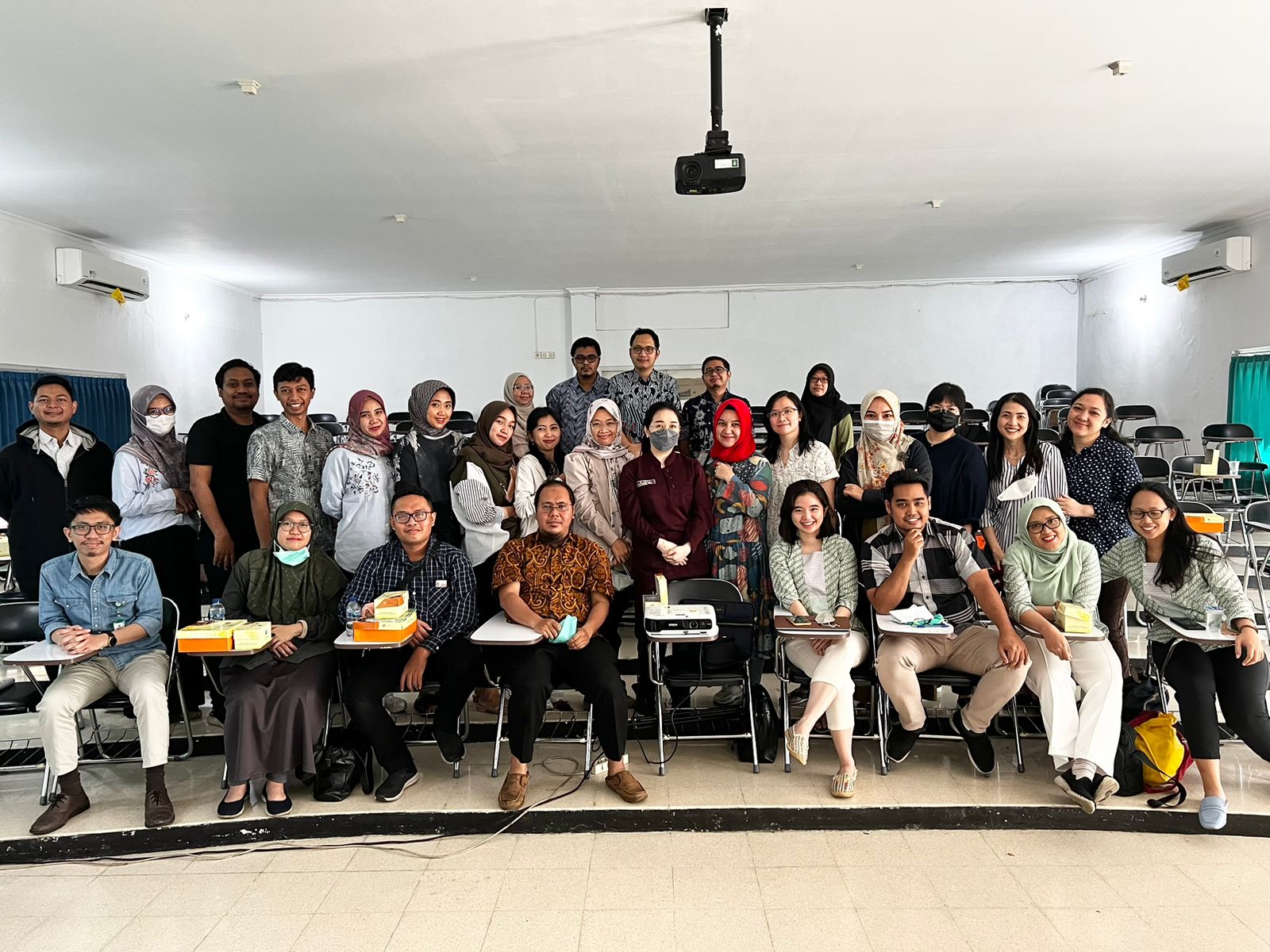Medicine is a science that continues to develop over time. Radiology cannot be separated from technological advances, including in the field of musculoskeletal medicine. Science and technology continue to develop to meet human needs in the health sector. As a student of a radiology specialist education program, it is very important to have the ability to properly and correctly examine the musculoskeletal system. Therefore, as a human resource in the field of radiology, radiology residents need to update their knowledge in the field of musculoskeletal medicine. Even though Indonesia is still a developing country, the development of science is considered as one of the efforts to improve the quality of human resources. Cases of bone tumors in the musculoskeletal system have increased over time, the use of musculoskeletal medicine really needs to be updated so that it can provide benefits for patients.
Radiological examination is still an important part in the diagnosis of bone tumors, although it has some limitations such as lesions in complex parts, bone marrow assessment, soft tissue evaluation, which are quite important in staging. Radiography is performed for any clinical signs of bone pain or swelling and x-rays should be obtained in the two planes AP and Lateral/oblique. Conventional radiography is the initial imaging modality and is the most optimal way to evaluate primary bone tumors. The advantage of being relatively inexpensive 2D images allows characterization of the lesion based on the features seen on radiographs. Information on the location of the lesion in bone, together with imaging characteristics of the tumor including margins and edges of the lesion, matrix mineralization, cortical involvement, and periosteal reaction can all be seen on plain radiographs. Radiography is thus the mainstay for the initial diagnosis in many cases and the cornerstone for the differential diagnosis.
Guest lecture activities will be held on Saturday, October 22, 2022, at J Building, starting at 07.00 until finished. On this occasion the lecture will be presented by Dr. dr. Elysanti Dwi Martadiani, Sp.Rad(K). This lecture was attended by 68 participants consisting of 19 lecturers and 49 PPDS online and offline. Lecture was opened by Dr. dr. Hermina Sukmaningtyas, M.Kes., Sp.Rad(K), then continued with a 90-minute lecture session. The session continued with a discussion of various cases of bone tumors. The discussion session was interesting with various interesting cases presented and discussed. Then the event was closed by the master of ceremonies


Recent Comments